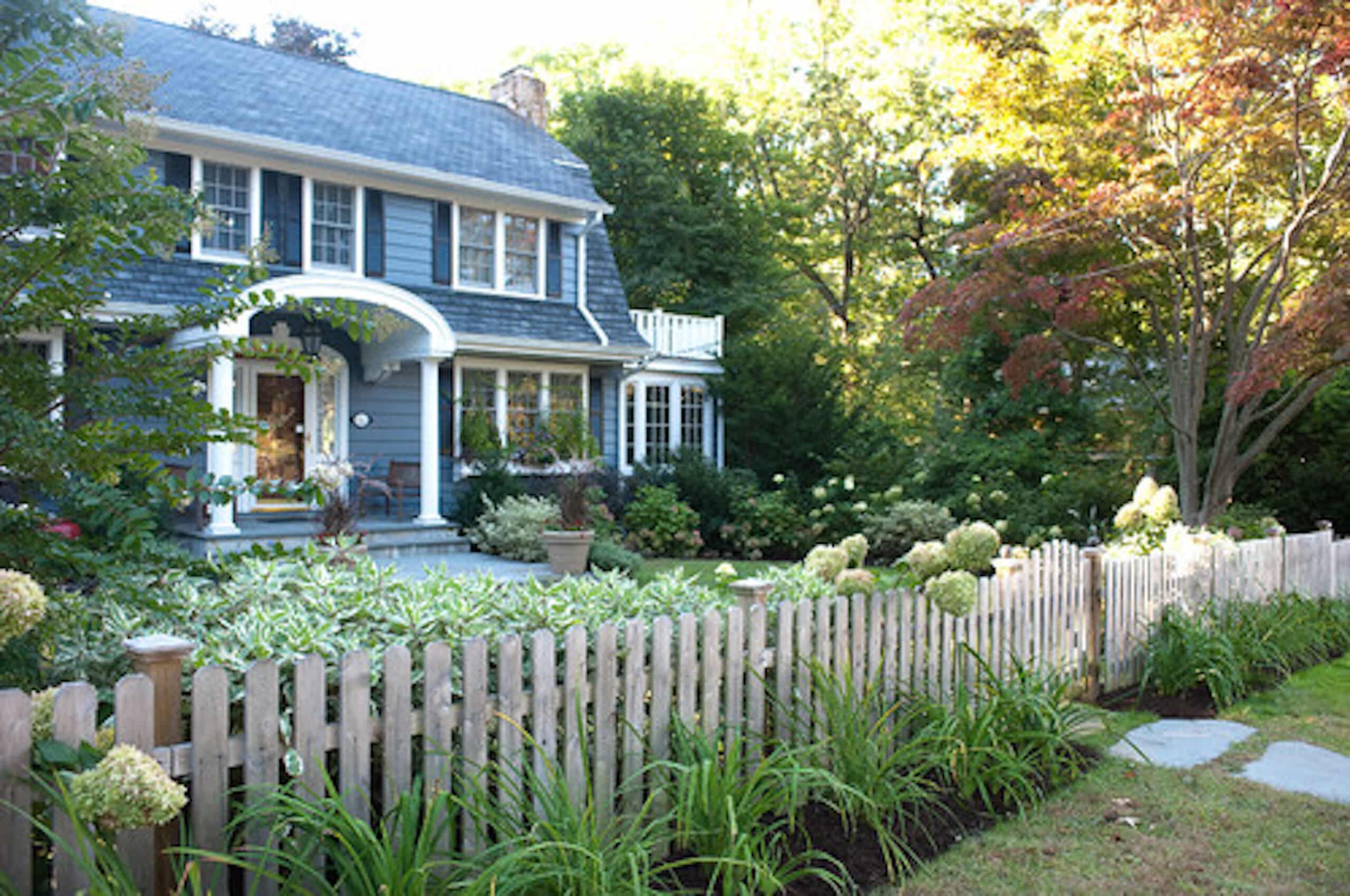
Best Practices for Constructing Southern Yellow Pine Enclosures
Imagine a fence that not only defines your property but elevates it, blending unmatched strength with natural beauty. That’s the promise of Southern Yellow Pine. Whether you’re a seasoned builder or a DIY enthusiast, these guidelines are here to navigate you through the essentials of selecting, planning, and constructing a fence that’s not just a boundary, but a lasting statement of craftsmanship and quality.
Design Planning and Legal Considerations
The true beauty of Southern Yellow Pine lies in its unparalleled versatility, allowing it to adapt to any fence design you can envision. This allows you to choose a style that fits your aesthetic and functional needs. But before you begin sketching your dream fence, familiarize yourself with local building codes and secure any necessary permits. This step is crucial, as it ensures your fencing project is both legal and safe, avoiding any future headaches.
Whether your goal is to create a robust enclosure for your pets, a soft privacy screen for your yard, or a decorative element to enhance curb appeal, consider the purpose behind your project. A solid dog enclosure made from Southern Yellow Pine can provide safety without sacrificing style, while a soft privacy screen can offer a secluded retreat.
For a modern touch, a horizontal slat fence can complement contemporary architecture, whereas a traditional shadowbox or cozy picket fence design can lend a timeless elegance to your home’s exterior. Factoring these considerations early on ensures a smooth process in bringing your vision to life.
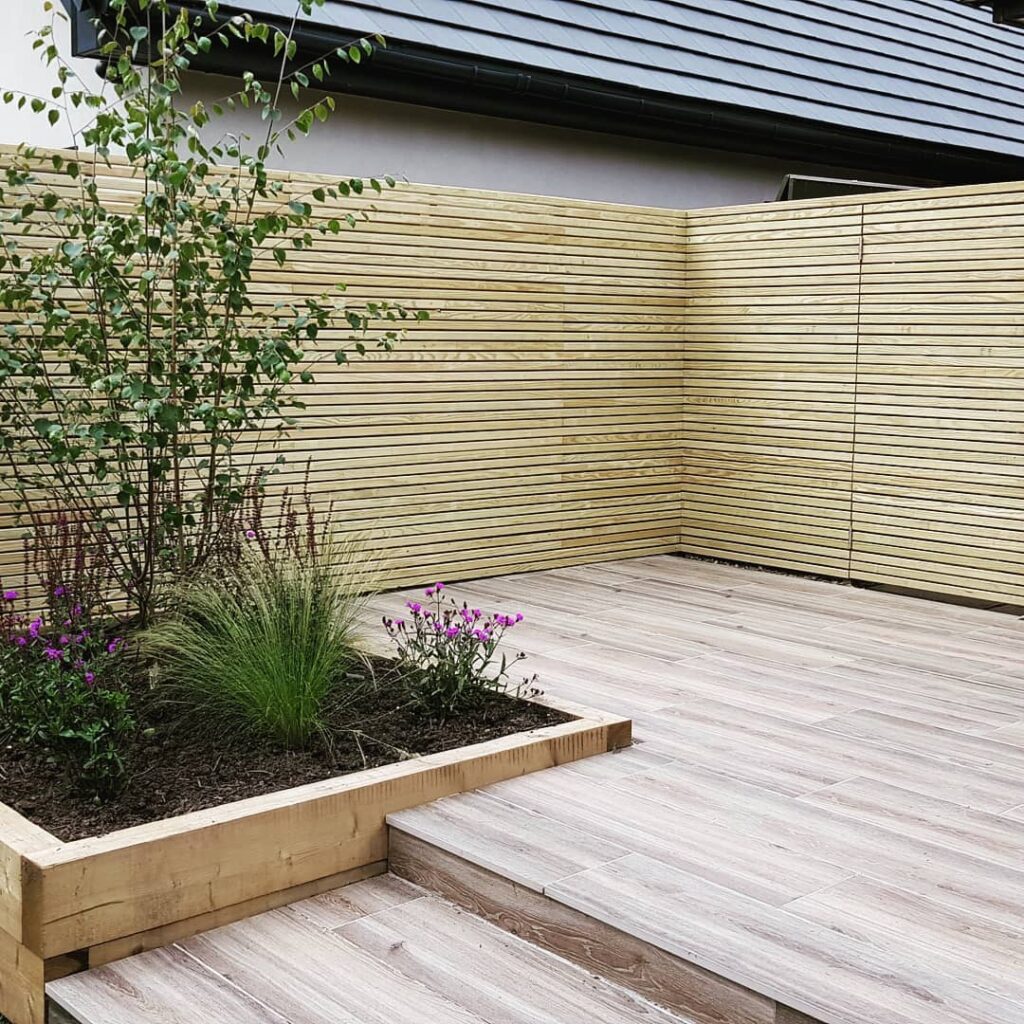
Sourcing the Right Material
Southern Yellow Pine stands out in the sea of options for fencing materials due to its unique combination of attributes. SYP offers an exceptional strength-to-weight ratio, ensuring your fence not only looks stunning but also withstands the test of time. Compared to other materials, SYP is also more cost-effective, environmentally friendly, and capable of adapting to a wide range of finishes and designs.
Adding to its allure, Southern Yellow Pine is ideally suited for pressure treatment, a process that imbues wood with an added layer of protection against elements, decay, and insect infestation. Thanks to its cellular makeup, SYP absorbs treatment solutions deeply and evenly, enhancing its durability without compromising the wood’s natural strength. Opting for pressure-treated Southern Yellow Pine not only guarantees a fence that will endure the elements but also minimizes maintenance.
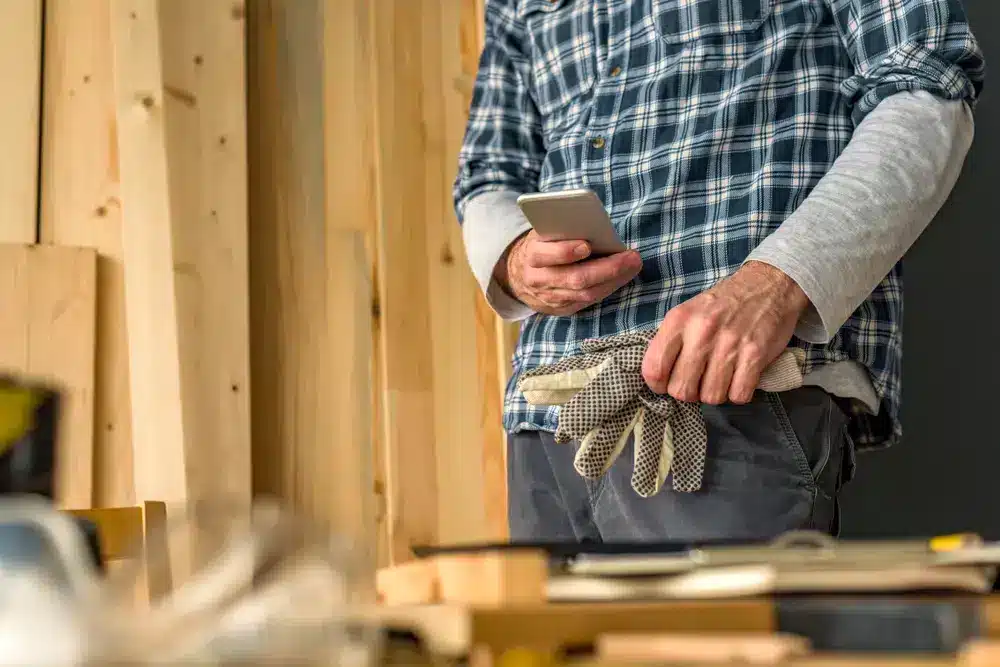
Proper Planning and Material Calculation
Once you’ve settled on a design and sourced the right SYP profile for your fencing, calculating the necessary amount of material is your next step. This involves taking into account the sizes of posts, the lengths of boards or panels, and the spacing between them. A comprehensive estimate is crucial for a smooth project execution.
- Pro Tip: It’s wise to add an extra 5% of materials to your calculations to account for any unforeseen issues or mistakes. This contingency ensures that you have enough materials on hand without needing to pause your project for additional supplies. Not only does this save time, but it also helps in dealing with natural variations in wood sizes or unexpected adjustments. Planning for this extra buffer allows for a smoother building process and helps avoid the frustration of material shortages.
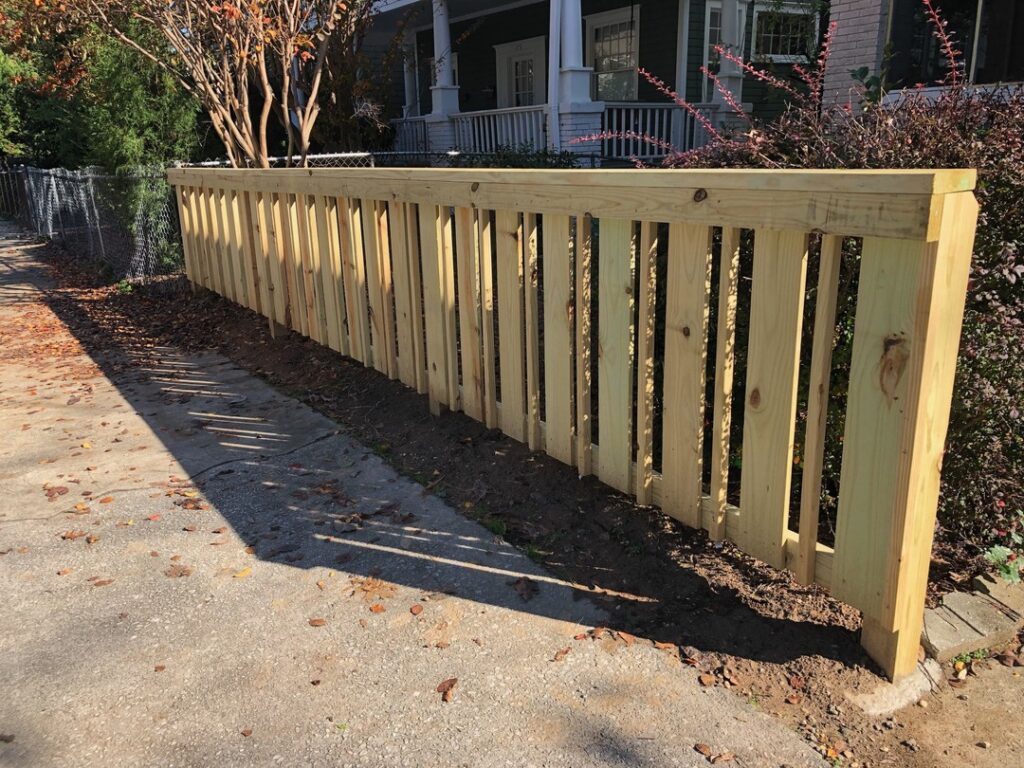
Setting Posts
Marking boundaries accurately is essential. We recommend using a detailed plot or survey of your property. This ensures you respect property lines and comply with local regulations. A common pro tip is to use string lines and stakes to outline the fence path clearly. This helps visualize the project and identify any potential obstructions early on.
As for spacing, a general rule is to place fence posts 6 to 8 feet apart. The exact spacing can depend on the type of fence, the material dimensions used, and the terrain. Closer post spacing can add strength to the fence, especially in windy areas or for taller fences.
When setting posts, the key to longevity is using pressure-treated SYP, particularly for posts in direct contact with the ground. This treatment makes the wood better equipped to handle the challenges of moisture and the outdoor environment. To further enhance durability, setting posts in concrete can guard against issues like frost heave, providing a stable base for your fence for years to come. For further protection, add a gravel layer at the bottom of each post hole to improve drainage and reduce moisture contact, further protecting your posts from deterioration.
- Pro tip: Always contact “Call Before You Dig” services to check for underground utilities before starting any digging for your fence, ensuring safety and legal compliance.
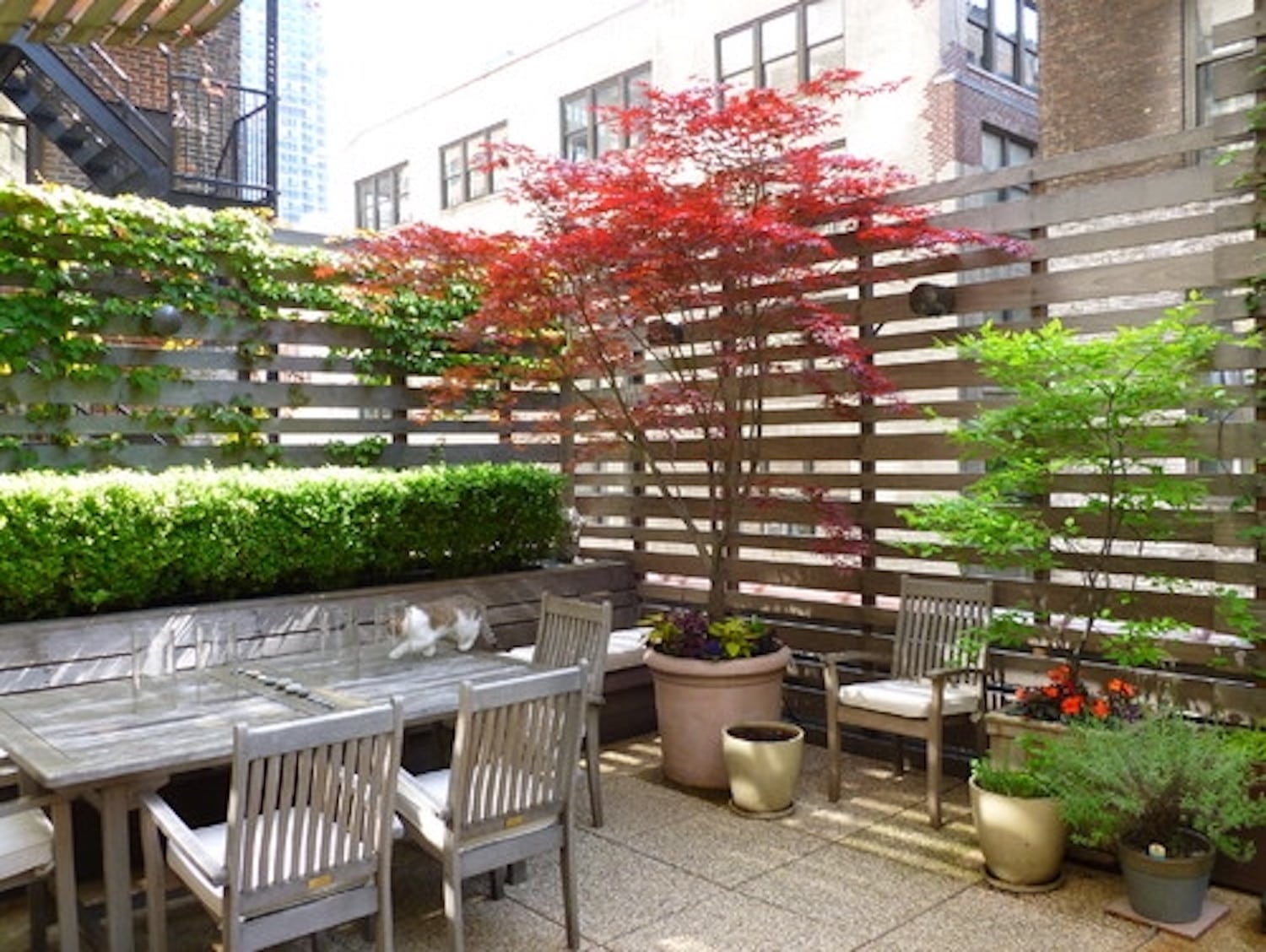
Installing Rails & Panels
Precision and planning are crucial when installing rails and panels. For a uniform appearance and structural integrity, use a level and measuring tape to ensure all components are evenly spaced and aligned.
- Pro tip: Pre-drilling holes for screws or nails can facilitate easier installation. For panels or pickets, consider the expansion and contraction of wood due to weather; leaving slight gaps between them can accommodate this natural movement.
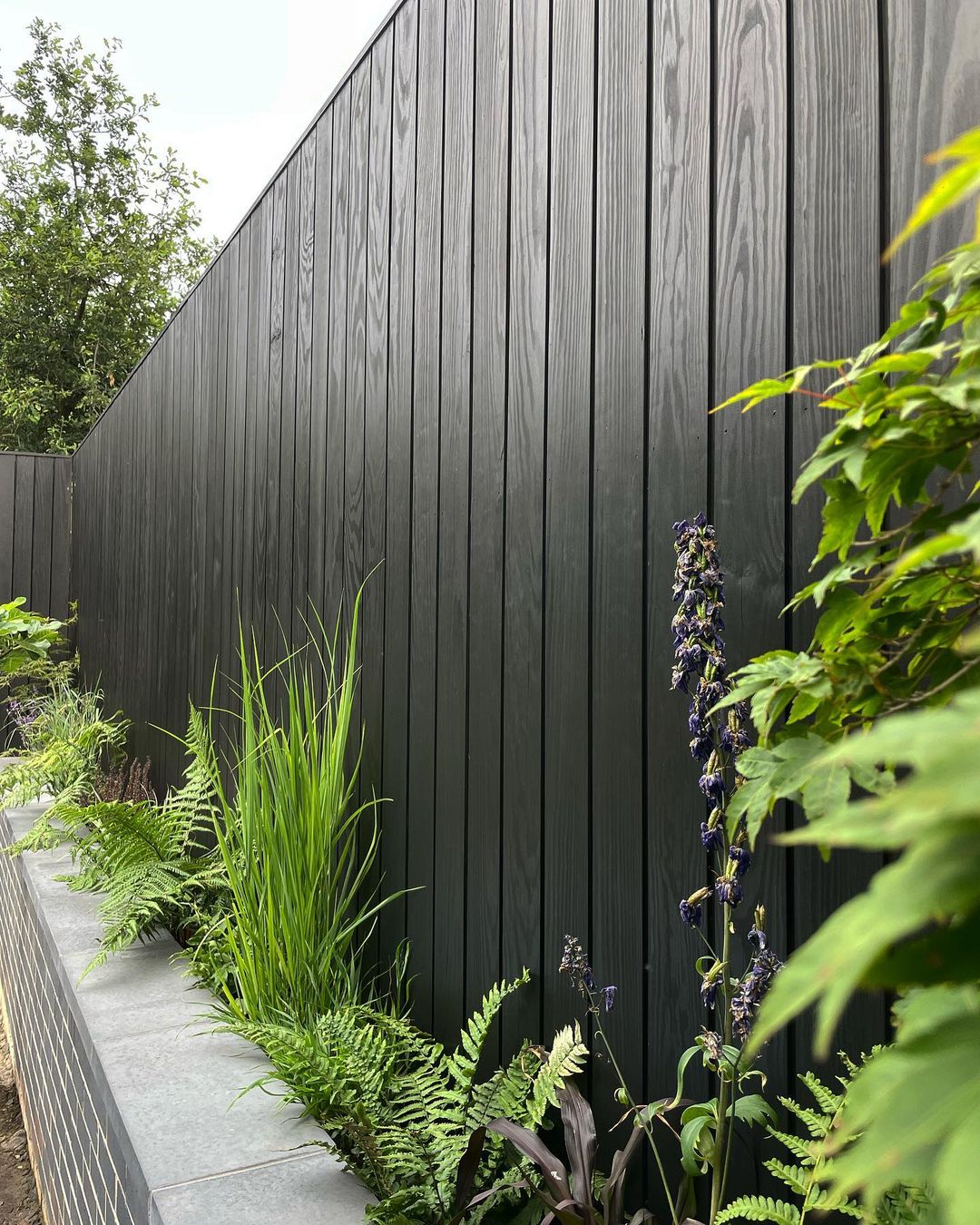
Finishing & Maintenance
Though pressure-treated wood is already equipped to resist decay, staining, and sealing can further protect your fence against moisture and UV light, extending its life. Note: you should always wait until the wood is dry enough before applying stain or sealant, as pressure-treated wood can retain moisture from the treatment process. Conducting a water droplet test, where you sprinkle water on the surface to see if it beads up or soaks in, can help determine readiness. For the lowest maintenance option, you can also leave pressure treated SYP unfinished.
In conclusion, choosing Southern Yellow Pine for your fencing project is more than just a decision about materials; it’s an investment in beauty, durability, and value. With its unique properties and the guidance provided in this blog, your SYP fence will stand as a testament to quality craftsmanship and the timeless appeal of natural wood. So go ahead and tackle your fencing project with confidence, knowing that Southern Yellow Pine is not just a material, but a choice for sustainable building, strength, and aesthetic excellence.
Got an SYP fencing project you’re proud of? Have questions or need advice? Share your stories and inquiries in the comments below, or contact us directly. Let’s build something great together.





